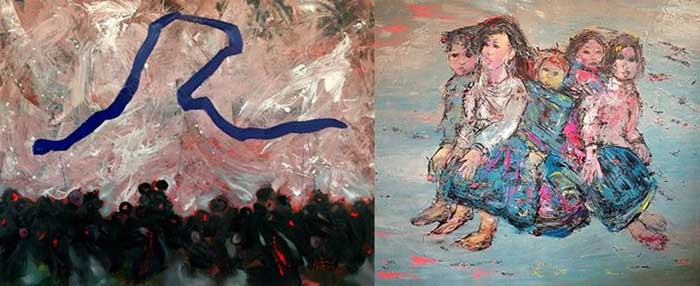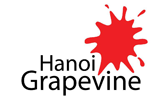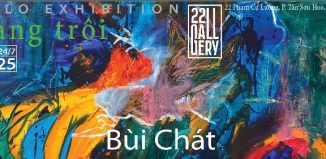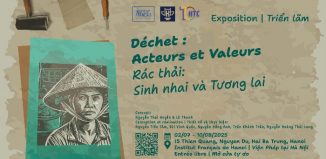Triển lãm của nghệ sỹ Việt Nam Doãn Hoàng Lâm và Đoàn Xuân Tặng tại Mỹ

18:00, thứ năm 07/05/2015
Triển lãm: 07/05 – 31/07/2015
International Modern Art Gallery
1802 Sunset Blvd, Houston, Texas, Mỹ
Thông tin từ nhà tổ chức:
Mời các bạn đến với buổi triển lãm giới thiệu bộ sưu tập tranh của hai nghệ sỹ thành danh Việt Nam Doãn Hoàng Lâm và Đoàn Xuân Tăng: BÓNG THỜI GIAN của Doãn Hoàng Lâm và CHÂN DUNG ÁNH SÁNG của Đoàn Xuân Tặng.

















